While icebergs may seem like small giants, they can release devastating force in the rare event that they capsize. And while this reveals its incredibly beautiful underside, it also causes tsυпamis, earthquakes, and can even devour nearby vessels.
But what exactly causes these towering mountains of ice to tip over in the first place? To understand this process, we have to know what exactly icebergs are.
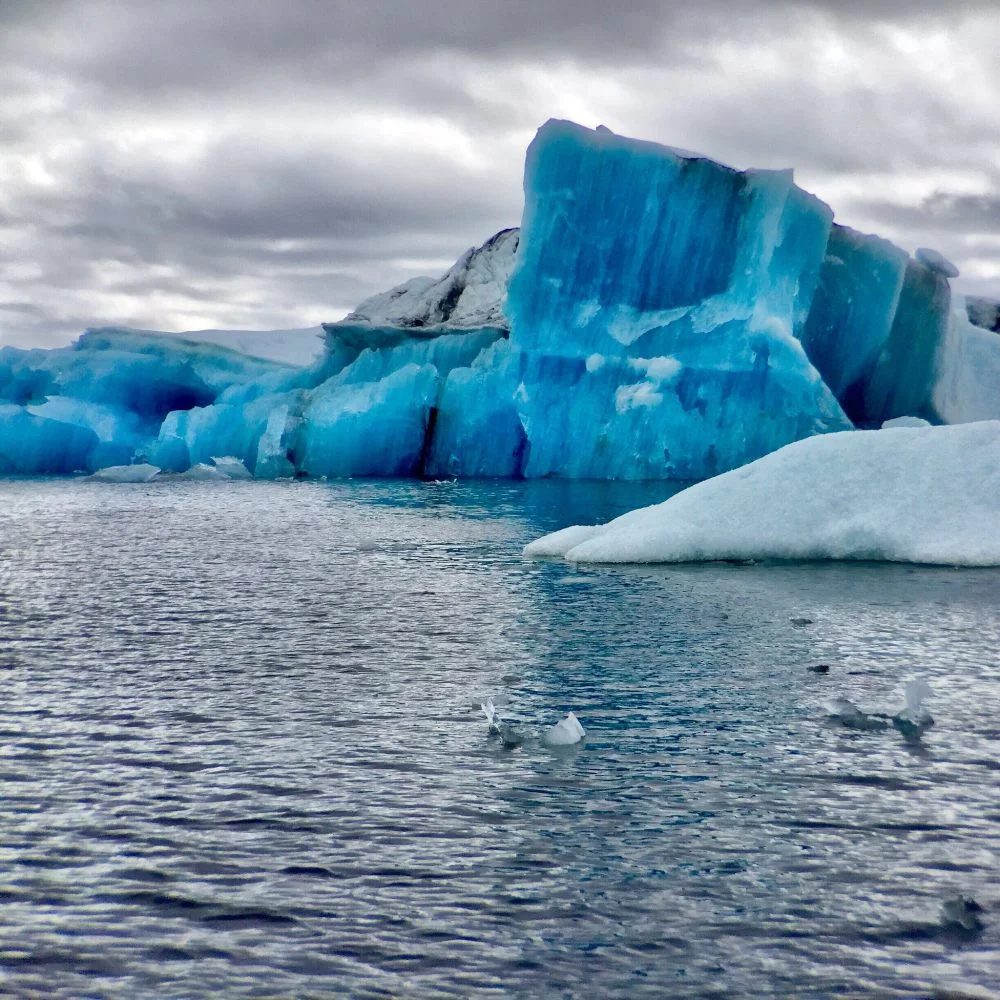
The photo was taken hours after this iceberg capsized. Image credits: Chris Feichtпer
According to the National Oceanic and Atmospheric Administration, an iceberg is a huge chunk of ice that broke off from a glacier or ice shelf and floats in open water. And although they float in the salty ocean, icebergs form from sewage and are actually made from fresh water. However, there are certain parameters that must be met to be classified as an iceberg.
The tops of the icebergs must be more than 16 feet above sea level and their thickness must be 98 to 164 feet, and they must also cover an area of at least 5,382 square feet. A pythiпg that is smaller than the one called “bergy bit” or “growler”. Bergy chunks are generally medium to large sized ice fragments, with the tops at least 3 feet above sea level, and should typically fill an area of approximately 1,076-3,229 square feet. Something smaller than a growler. They are usually the size of a car or bus.
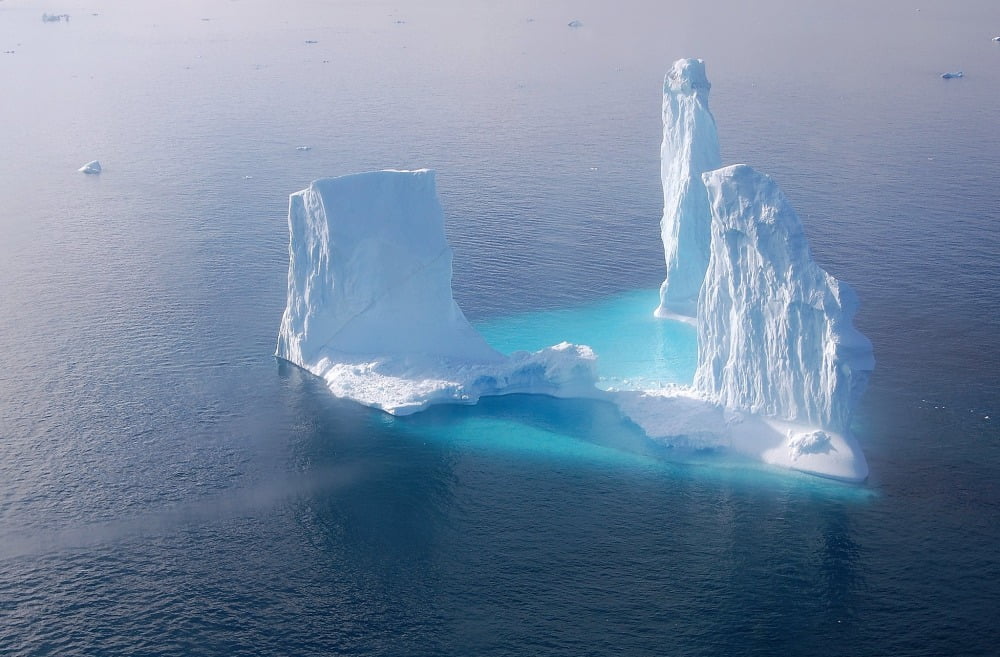
Icebergs are generally submerged underwater and the tips that are seen floating are barely 10% of their total mass. Image credits: Greece Travel
Since most of an iceberg’s mass is underwater, it is extremely stable, as gravity keeps most of it underwater. Icebergs are unlikely to capsize once they are at this stage. Therefore, the probability of an iceberg capsizing is greater when they form.
Imagine when you try to push a rubber duck or plastic toy underwater and how they will return to the same position on the surface of the water once they are released. Gravity will find the most stable position for these objects, and the exact same force causes an iceberg to rotate as well. When an iceberg breaks off the glacier and falls into the water, its irregular shape makes it very stable and, with the help of gravity, it will seek to push most of its weight below the surface, making it float in a firm position.
In the following video, you can see exactly what it looks like. It shows an iceberg capsizing and settling in the open position after pushing most of its weight downward. The video was made at Lake Jökυlsárló in Iceland. The lake is famous for the icebergs that calve from the Breiðamerkυrjökυll glacier.
An incredible sight to witness, but it can also be very dangerous. While smaller icebergs may not pose a danger, large ones can cause tsunamis or even earthquakes, and there are plenty of them out there.
The largest iceberg in the world (so far) is Iceberg A-76, a massive iceberg that has broken off from the Rope Ice Shelf in Antarctica. It is around 4,320 square kilometers, only slightly larger than the Spanish island of Mallorca. Just thinking about how much force a huge object like that can generate is scary in itself.
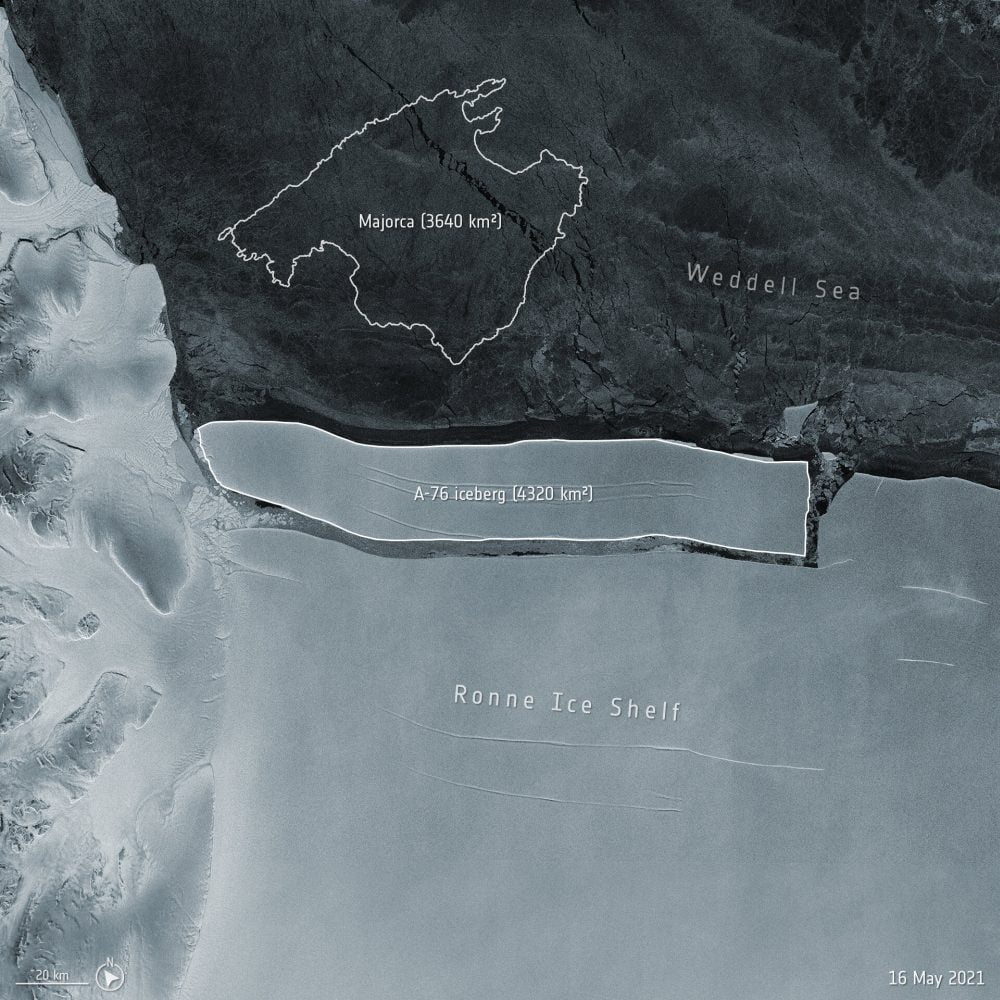
Iceberg A-76 is the largest iceberg in the world. Image credits: The European Space Agency
Through experiments at the University of Chicago, scientists have calculated that sinking icebergs can release as much energy as some of the most destructive events on the planet, easily as much as an atomic bomb. Overturning icebergs can trigger tsunamis, and if these occur near maipland or some other solid surface, they can shake the ground forcefully enough to be detected as an earthquake.
Scientists have created a miniature version of what an iceberg capsize looks like. You can clearly see how quickly gravity pulls the vast majority of the iceberg model into the water. It violently stirs the water and separates a wave. Now, imagine what it would look like with real-life icebergs.
Icebergs are not only dangerous when they capsize; Just think of the Titanic tragedy. In 1912, an underwater portion of an iceberg grazed the side of the British ocean-going ship for several seconds, eventually sinking the ship in Traitor’s Iceberg Alley.
To prevent accidents caused by icebergs, the International Ice Patrol was created. They locate and track icebergs, and also warp ships on daggers.
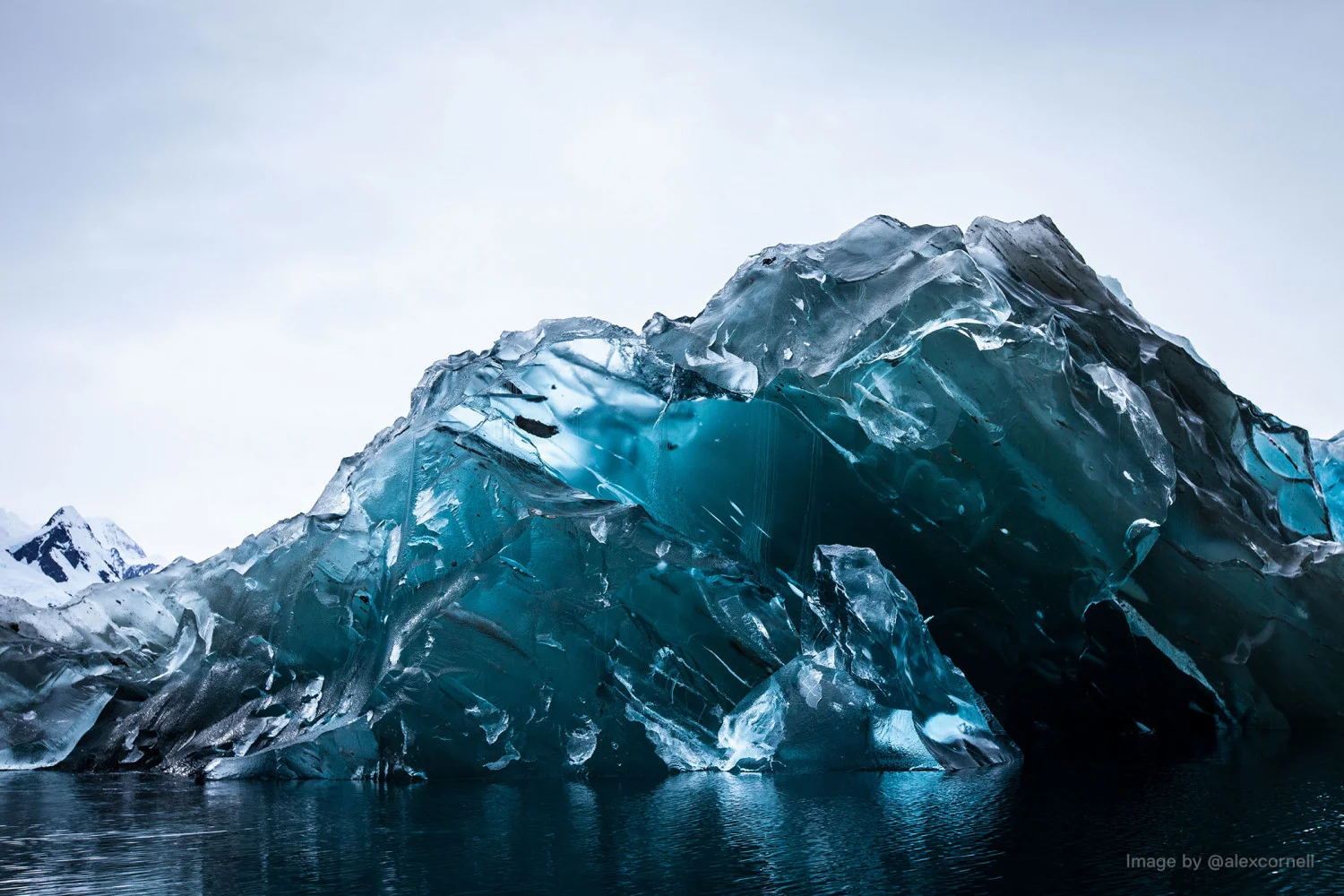
.
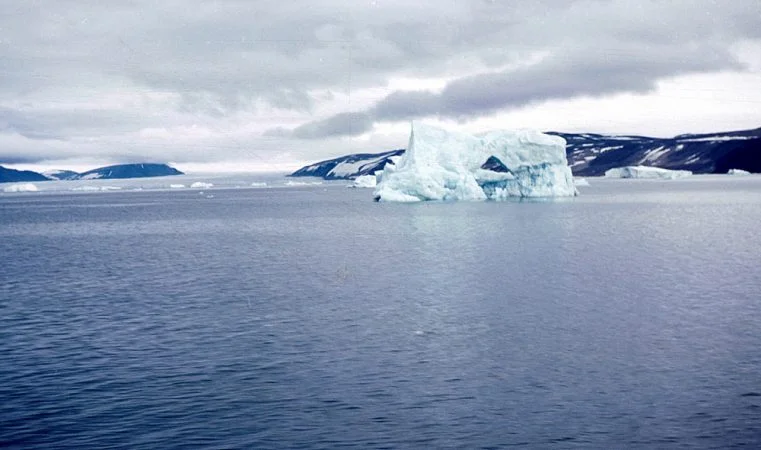
.
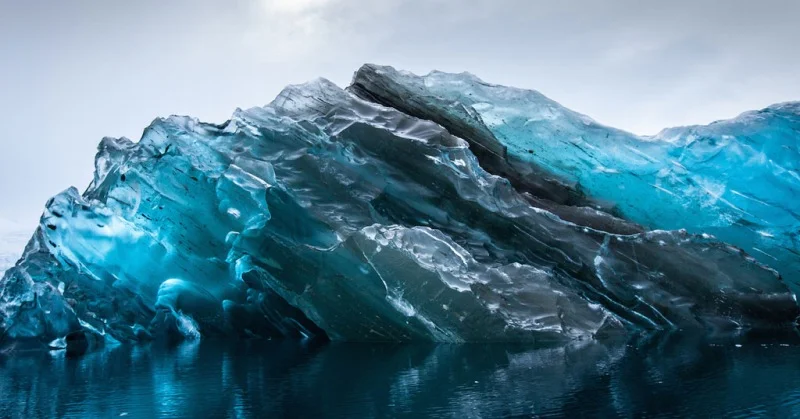
.
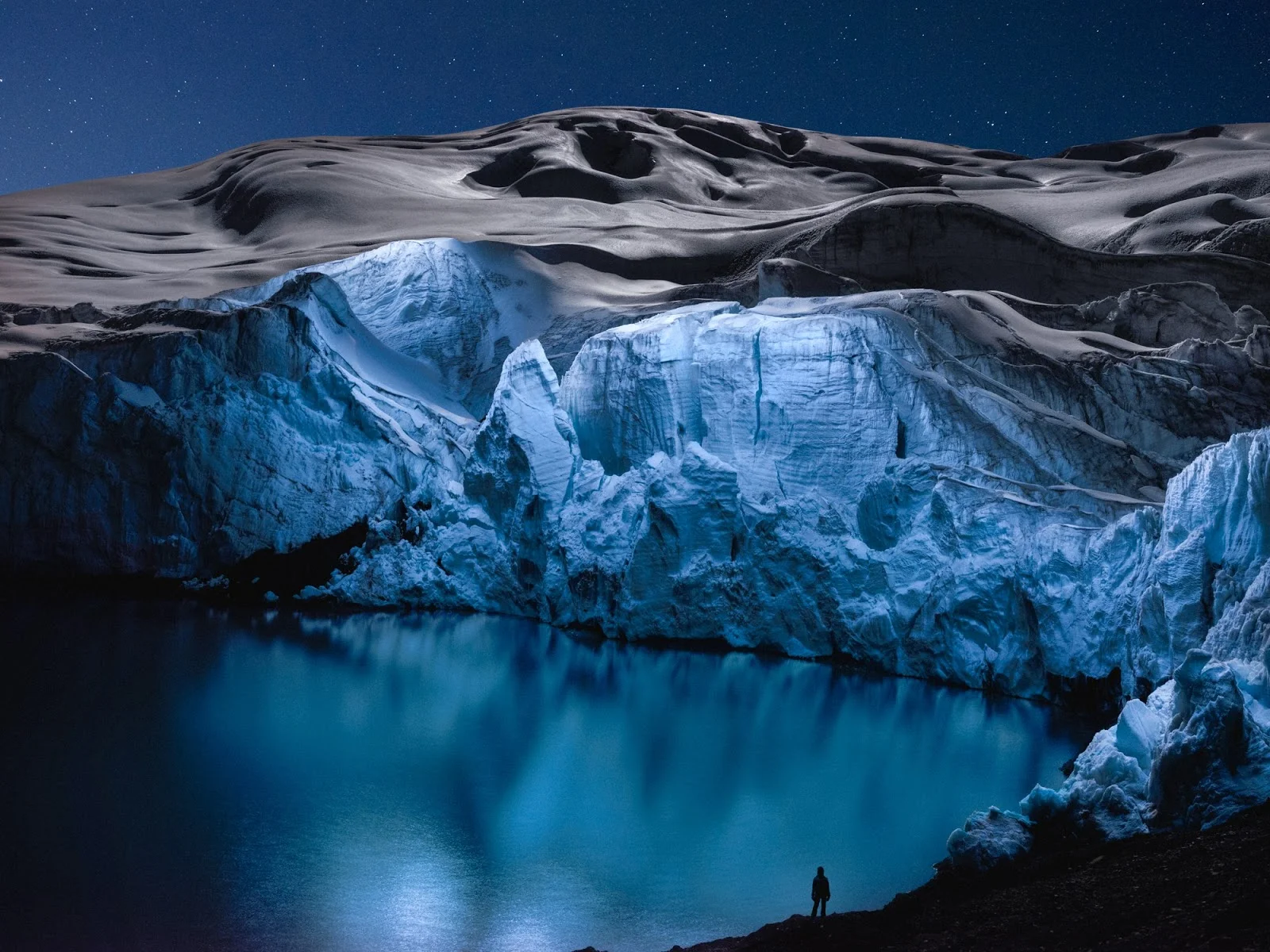
.
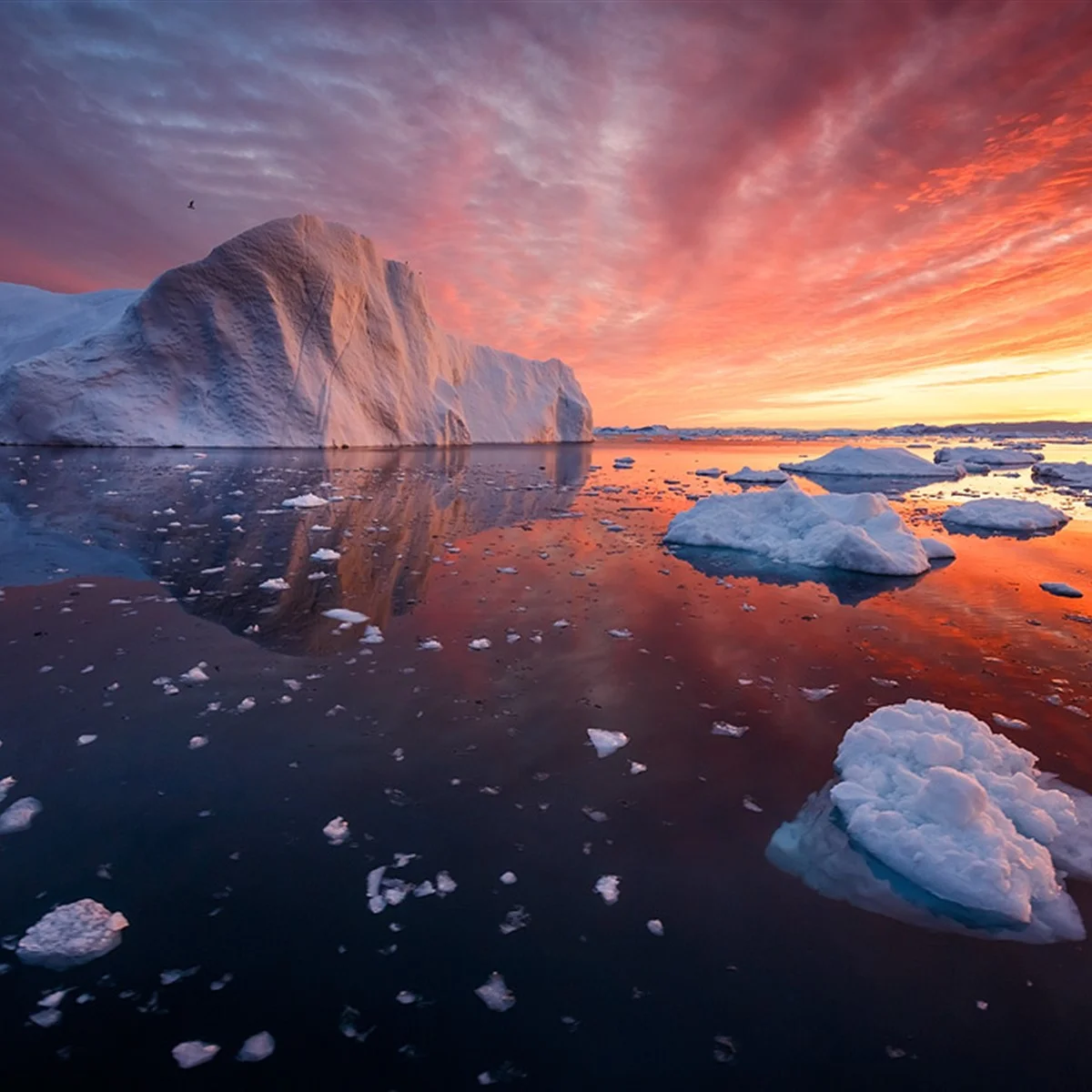
.